Ten years ago, Maruti took the covers off a car that is among its top-selling brands today
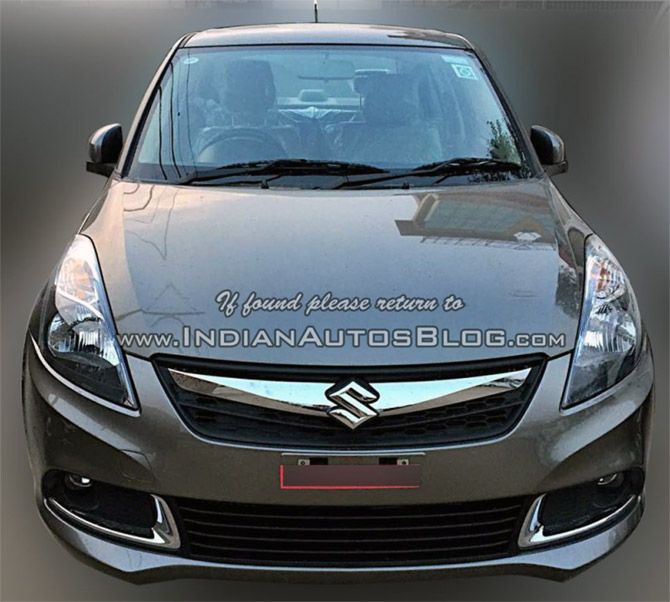 The year was 1985.
The year was 1985.
A small group of 25 engineers from India’s biggest car maker, then called Maruti Udyog (Maruti Suzuki now), was assigned to a top secret project in Hamamatsu, Japan, Suzuki Motor Corporation’s global headquarters.
The project codenamed K/YN4 was top priority.
At a total cost of Rs 440 crore (Rs 4.4 billion) to which Maruti contributed more than half the amount, the project was also among the company’s most prestigious.
The Indian team along with 275 Japanese colleagues was working on the first jointly designed and developed car that we know today as the Maruti Swift.
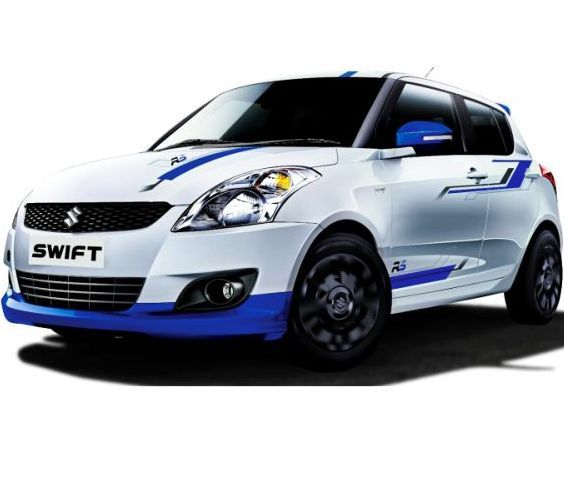 The Swift, a five-door, five-seater hatchback, was finally launched 10 years ago, in the summer of 2005.
The Swift, a five-door, five-seater hatchback, was finally launched 10 years ago, in the summer of 2005.
The car was targeted primarily at the Indian consumer but was meant to serve the global markets, as well.
There have been many hatchback competitors launched since then, but these have not been able to replace the Swift as the largest-selling premium compact hatchback.
If it sells 200,000 units a year, the rest don’t even add up to 100,000 units a year.
In the same year of the Swift’s launch, the Delhi-headquartered parent hit the milestone of 5 million car sales, achieved 21 years after it set up shop in India.
Swift was launched in India, China, Hungary and other European nations and is available in 140 countries.
Until September 2014, it had cumulative sales of 4 million and is Maruti Suzuki’s second-largest selling brand.
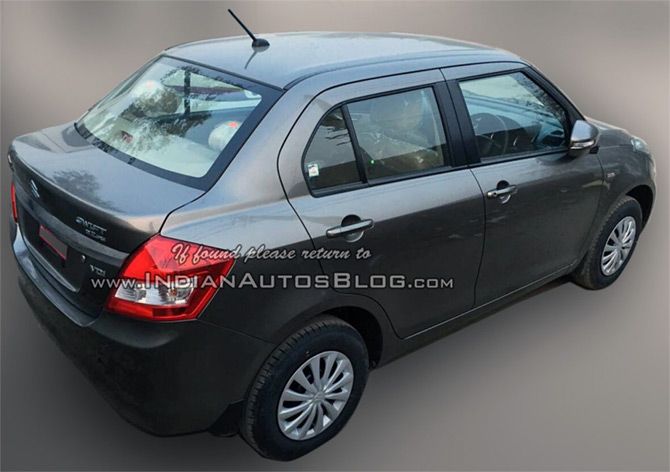 The name Swift was the result of rebranding of another Suzuki brand Cultus (The car sold under this name in seven countries but Japan continued to sell the Cultus brand).
The name Swift was the result of rebranding of another Suzuki brand Cultus (The car sold under this name in seven countries but Japan continued to sell the Cultus brand).
With its broad stance, swooping back lights and tail lamps and bulging rear exterior, its design was unusual compared to competitors like the Opel Corsa Sail, Hyundai Getz and Fiat Palio, all of which have been phased out from India.
Moreover, the price tag of Rs 387,000 made it an expensive proposition. But that did not dissuade customers.
The company received 8,000-9,000 bookings of the car before it was unveiled.
Such was the secrecy around it that the physical tests were carried out close to midnight every night under the cover of darkness.
C V Raman, executive director (engineering), Maruti Suzuki, says, “We had to maintain top secrecy.
“After all, this was going to be the first car with a global launch in India. 
“We had to mount the car on a truck every night, take it to its destination and work on it till two in the morning.
“It was very exciting for all of us back then.”
Since Suzuki’s target market was India, it was logical to involve local engineers who, until then, were selling cars developed by Suzuki and fine-tuned to suit Indian driving conditions.
The Swift, celebrating its 10th anniversary this week, generated 17 per cent of Maruti Suzuki’s total sales of 1.17 million last year.
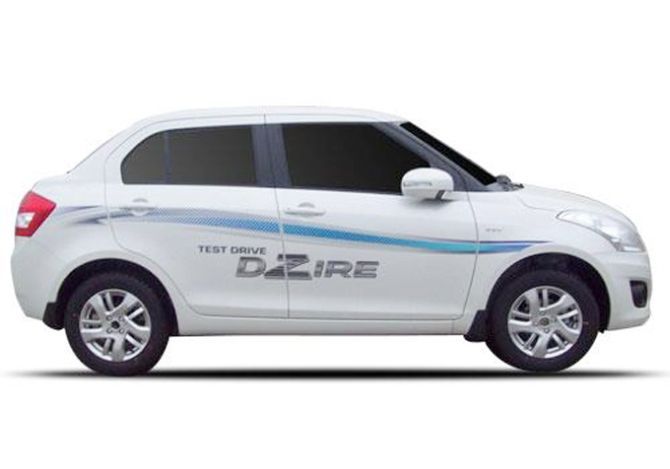
From 116,167 units sold in 2009-10, the model closed 2014-15 with 201,338 units, according to data supplied by the Society of Indian Automobile Manufacturers.
The present-day Swift is the second-generation model launched in 2011, six years after the first-generation model.
As a general practice, car companies overhaul their models every five-six years to alive consumer interest.
The present generation Swift is already four years old.
Raman, like most others in the business, is reluctant to talk about future models. He says, “The market changed with the launch of the Swift, it is changing again and we need to protect that segment and grow.
“The challenge is not to disappoint the Swift customer. We have customers upgrading to the Swift or are first time buyers.
“We have to maintain that before the third-generation Swift comes out whenever it does.” The market is already seeing the advent of small SUVs challenging the space occupied by premium compact cars and entry-level sedans.
Development of the second-generation Swift posed a challenge.
Tasked to improve a product which was already one of their bestselling ones, they found the going tough.
“The new Swift was built on a new platform but we had to keep some of the characteristics of the older car to not disappoint the customer.
We made the exterior more stylish and updated the interiors,” says Raman.
Within four years of its launch, the second-generation Swift clocked 700,000 units in sales, higher than the 600,000 units sold by the first generation Swift in six years.
Maruti launched a sedan using the Swift platform in 2008.
The Dzire was seen as an extension of the Swift, and there was a time when it became the bestselling of all of Maruti Suzuki’s portfolio.
Competition keenly watched the upward sales trajectory of the car and tried to entice customers with their own models. However barring the Hyundai Grand i10, others such as Nissan Micra, Renault Pulse, Honda Brio, Chevrolet Beat, Mahindra Vibe, Fiat Grande Punto, Skoda Fabia and Volkswagen Polo sold around 79,000 units last year.
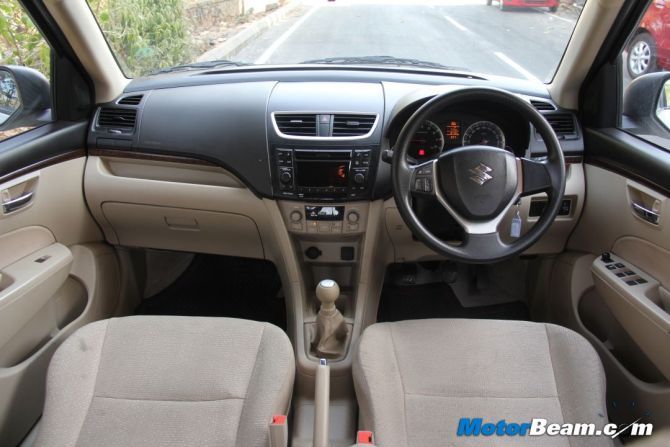
Maruti Suzuki, according to sources, is planning to introduce an automated manual transmission gearbox in the Swift, given AMT’s success in the Alto and Celerio.
“Today about 40-45 per cent of the buyers of Celerio are choosing the AMT version. As we further improve the localisation of AMT, we will look at other models,” says Raman.
It is, perhaps, time for a swift makeover of one of the bestselling cars in India now.











